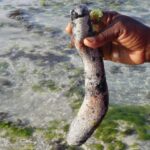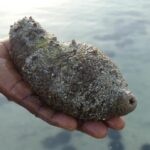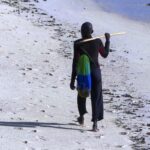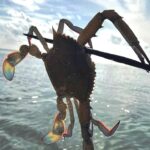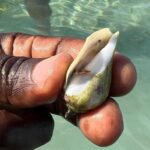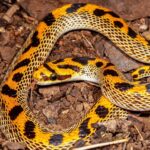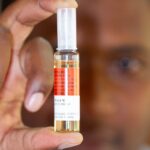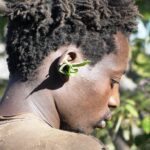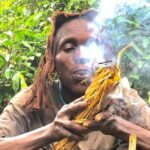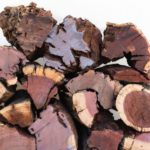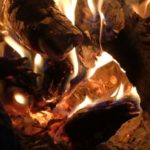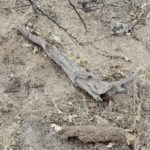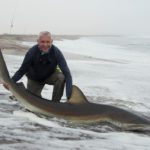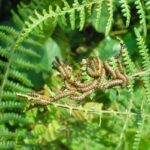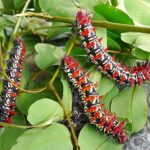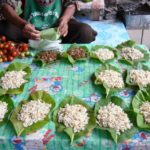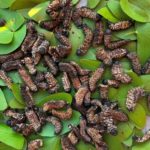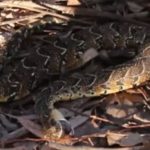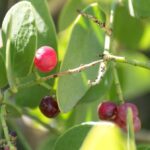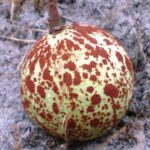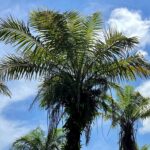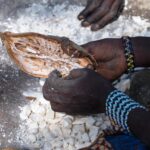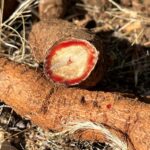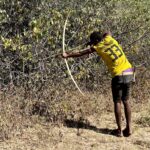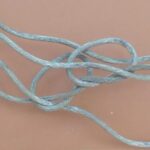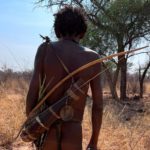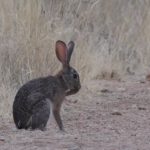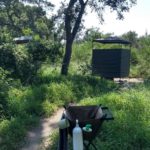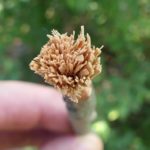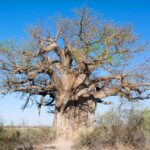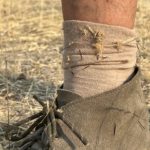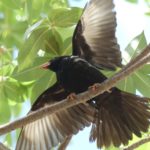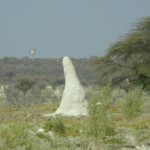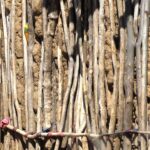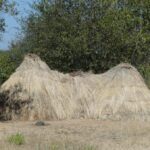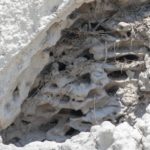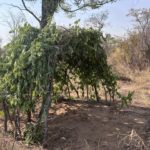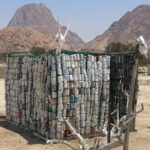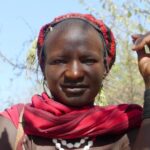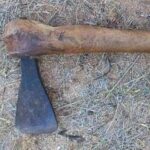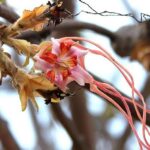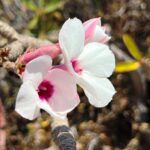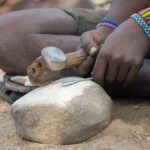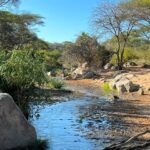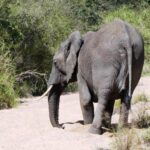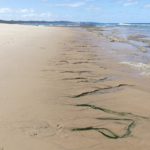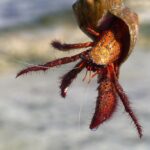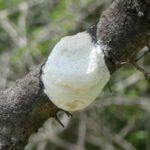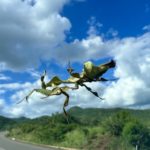Explore our content about Africa
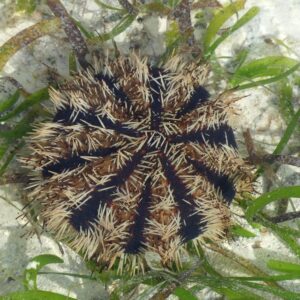
Collecting sea urchins in the lagoons
The Collector urchins (Tripneustes gratilla) are a sea urchin species around Zanzibar. Its gonads, which contain either the roe (females)…
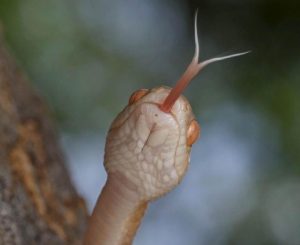
Snake senses
It’s hard to imagine how snakes perceive the world as they slither on the ground, underground, or move through the…
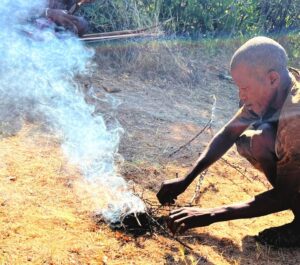
Hadza hand drill friction fire
Hadza hand drill friction fires are the standard fire-making method of the Hadzabe people in Tanzania, who live remotely. They…
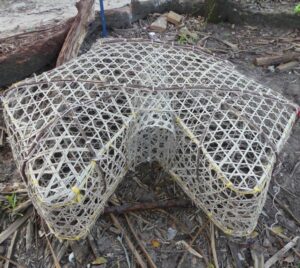
Basket fish traps at the seashores of Eastern Africa
Large basket fish traps, with a hexagonal shape and one inverted end, are typically used in Zanzibar and are called…
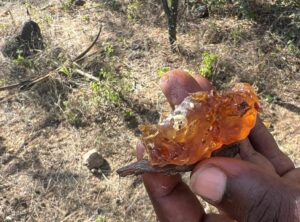
Stingless bee honey collected by Hadza people
The Hadzabe people eagerly collect stingless bee honey all year long. They do this destructively by cutting open the hives…

Forest liana provides food and rubber
Description An extensive forest creeper growing from 20 – 50 m long, scrambling over trees and bushes at the forest…
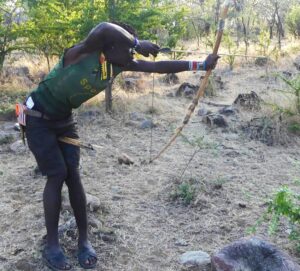
Hadza style of shooting bows
Shooting bows by remotely living Hadza boys and men is a daily, necessary affair. From the age of three, they…
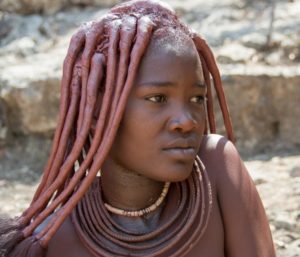
Himba smoke shower
The Himba women continue practicing traditional personal hygiene methods, including using a smoke shower and a mixture of red ochre…
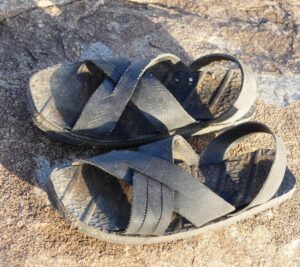
Hadzabe footwear
Hadzabe people use footwear to protect their feet in their living areas. They need adequate foot protection against thorns, sharp…
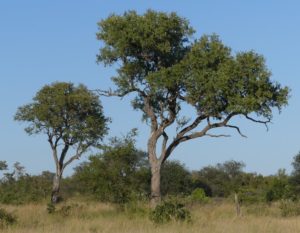
Determining cardinal points by trees
Determining cardinal points by trees in Southern African savannas (Southern Hemisphere) is a standard procedure. It is helpful in case…
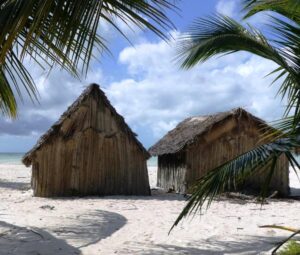
Beach huts of Zanzibar
Traditionally, the beach huts of Zanzibar are often simple thatched structures made from coconut palm leaves, mangrove poles, and coral…
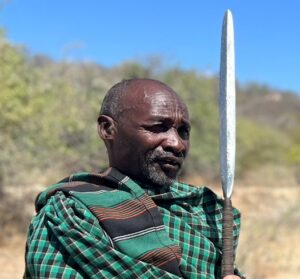
Datoga spears
These spears have a long history but were replaced for hunting by bows and arrows in modern times. Nowadays, their…
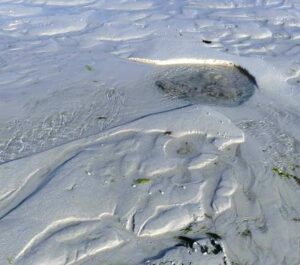
Freshwater springs in the lagoons
Freshwater springs in the lagoons of Zanzibar are a unique feature of this island. Although such springs exist on many…
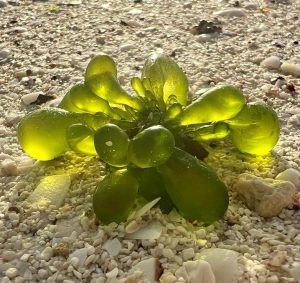
Bubble Green Seaweed on tropical coastlines
On many tropical seashores, green, jelly-filled bubbles can be found. They are either single bubbles or club-shaped bubbles originating from…

